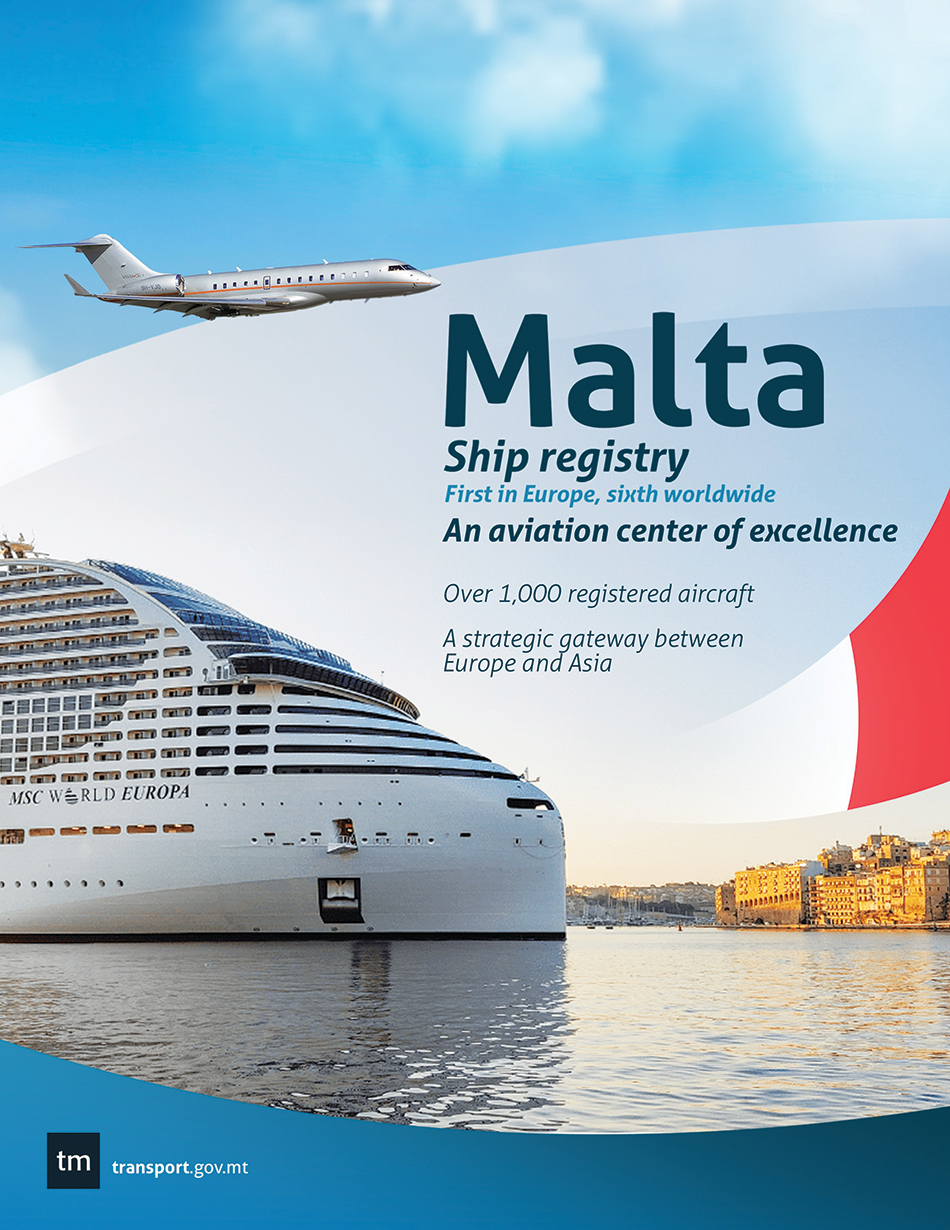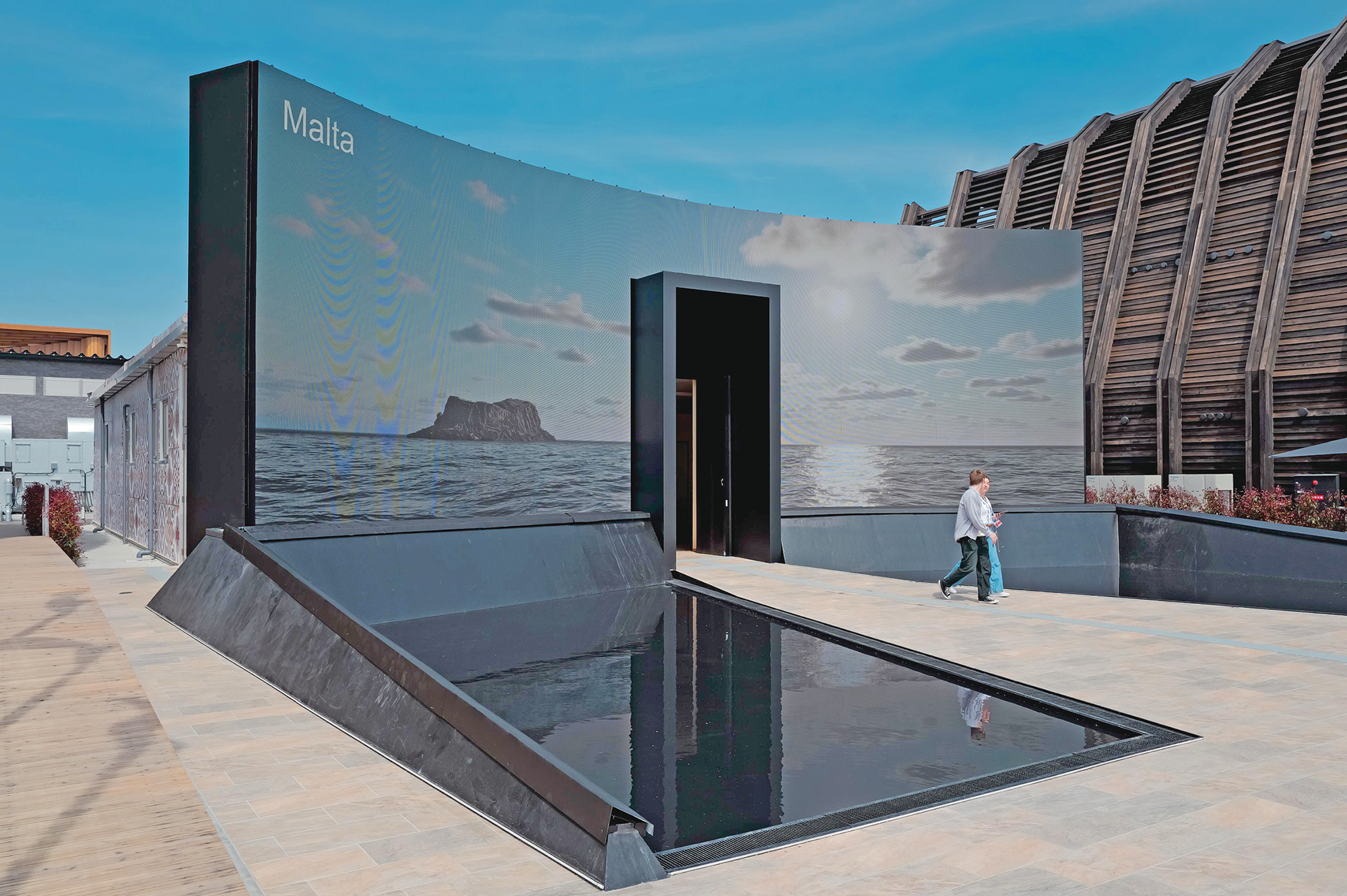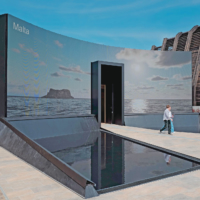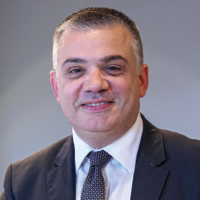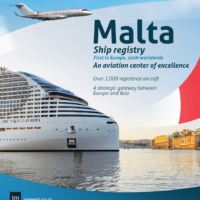As global commerce, mobility and sustainability become increasingly interconnected, Malta is positioning itself as a dynamic and forward-thinking transportation hub at the heart of the Mediterranean.
With sweeping reforms, bold infrastructure projects and a vision extending to 2050, Malta’s transport sector is undergoing a strategic transformation, bridging continents, supporting economic growth and attracting global investment. A key element of this transformation is international collaboration and the adoption of best practices, especially from advanced transport nations like Japan.

“We are investing in intelligent transport systems inspired by Japan’s success,” noted Chris Bonett, minister for transport, infrastructure and public works. “Traffic management, rapid transit and electric mobility are areas where we are actively learning and applying best practices.”
The Osaka Expo will be a major milestone for Malta in this regard. “We want to highlight Malta as a hub of innovation and sustainable mobility,” Bonett said. “The expo is not just about showcasing projects, it is also about building relationships with Japanese investors and learning from their world-class expertise.”
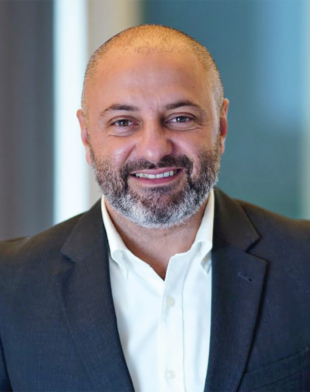
Kurt Farrugia, CEO of Transport Malta, emphasized the strategy: “We will use the expo to emphasize that Malta is more than tourism — we are growing in science, technology and business. Our connectivity with Japan needs strengthening and the expo is the right platform to build those bridges.”
Under the ministry’s stewardship and Transport Malta’s implementation, the country is aligning its transport modernization with broader economic ambitions. “Over the past 12 years, Malta has experienced unprecedented economic growth, driven by a clear government focus on foreign investment,” Bonett explained. However, this success puts significant pressure on its infrastructure. With nearly full employment and a swelling population driven by foreign workers and tourism, Malta is accelerating efforts to expand and green its transportation network to ensure long-term resilience.
Central to this transformation is the National Transport Strategy 2050 and the forthcoming Malta Vision 2050, which places transport at the core of sustainable national development. “Transport will be a central pillar, especially the aviation and maritime sectors,” he continued. “Malta holds the largest fleet in Europe and now has over 900 registered aircraft. These sectors thrive because we have built strong legal and financial services to support them.”
Transport Malta has responded to the country’s growth with a proactive and people-centric approach. Thinking of the strains that such success places on the country’s transport sector, Farrugia compared it to living in a house increasingly crowded with people, placing growing pressure on the existing infrastructure. “The growth exceeded expectations, so we have introduced reforms to relieve the strain on our transport infrastructure,” he explained.
Malta is now among the few countries in the world to offer free public transport, including both bus and sea services, helping reduce traffic congestion and encourage sustainable mobility. This initiative has proven widely successful, especially when combined with improved sea connectivity and new cycling infrastructure. “Offering diverse transport options — buses, cycling, sea links — is essential,” Farrugia said. “It’s about stepping up and using technology to provide better solutions.”
As a maritime nation where 90% of goods arrive by ship, maritime infrastructure is essential not only for trade but also for economic competitiveness. “Malta’s strategic location makes our Freeport one of the most important transshipment hubs in the Mediterranean,” Bonett emphasized. “We have invested heavily in port infrastructure and we take pride in being maritime industry leaders.”
A leader in green innovation
Particularly noteworthy is Malta’s leadership in shore-to-ship power technology, a green initiative allowing ships to connect to the national grid and drastically reduce heavy fuel use. “By 2030, all European Union ports must implement this technology; however Malta is ahead. We completed the first phase and cruise ships are already connecting. The Freeport will soon support cargo ships too,” he said.
Digitization in maritime operations is also advancing under Transport Malta. “We are finalizing the digitization of our maritime sector and will soon issue digital certificates for ships,” Farrugia emphasized. “We are not only focused on the size of our fleet but also on its quality, efficiency and compliance with international standards.”
The aviation sector is also soaring. In just one year, Malta has added over 100 aircraft to its registry. With major carriers like Ryanair and EasyJet anchoring operations on the island, Malta is becoming a magnet for aviation business. “Our goal is to maintain efficiency while meeting international regulatory standards,” Farrugia noted. “We want to show that Malta is not only a registry, but also a regulator that fosters innovation. For example, we are exploring drone technology for medical deliveries between islands and have already certified drones that can emit fireworks — another first for Europe.”
Bonett echoed this technological ambition: “Aviation and maritime are where we are strongest, but we are also looking to build a rapid mass transport system, one of the most ambitious infrastructure projects in our country’s history. We are studying models from Japan and Europe and will soon launch an international call for expressions of interest.”
Malta’s commitment to sustainable infrastructure goes beyond transit networks. Urban regeneration is being woven into major transport projects. Msida, a harbor town west of Malta’s capital, Valletta, is a great example of where the ministry is reimagining traffic: “It’s not just about building a flyover to improve traffic flow. We are also creating Malta’s largest green infrastructure project — cycling paths, community areas and green spaces will reconnect neighborhoods previously divided.”
These community-focused developments serve as blueprints for future investments.
“When investors see visible progress — modern roads and upgraded terminals — they see a government that is serious about growth and quality of life,” Bonett said. “Every euro we spend on infrastructure is a message that Malta is open, efficient and future-ready.”
The next frontier in transport evolution is data. Farrugia elaborated: “We need smarter roads, and are deploying artificial intelligence-based systems and smart infrastructure to enhance safety and flow. Long-term sustainability requires more than physical roads, it needs data-driven management.”
Both leaders are confident in Malta’s appeal to foreign investors, especially from Asia.
“For Japanese entrepreneurs looking to invest across Europe, Asia and Africa, Malta is the ideal location,” Bonett said, citing its highly skilled workforce, stable fiscal infrastructure and easy access to three continents.
Farrugia concurred: “Malta combines regulatory excellence with business efficiency. That’s a rare balance. We want partners who see value in sustainable, tech-enabled transport and who share our vision for the future.”
With a population of 550,000 that swells to 1.2 million in summer, Malta faces unique mobility challenges. However, its response — rooted in smart planning, international cooperation and a bold long-term vision — is earning results and recognition. From shore-to-ship power and free public transport to digitized maritime services and drone aviation, Malta is demonstrating that size is no barrier to ambition.
https://info.japantimes.co.jp/international-reports/pdf/20250717-GI_Malta.pdf
https://global-insight.net/
